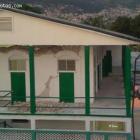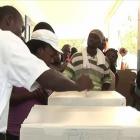ADVERTISEMENT
Building Construction
Veerhouse Voda plant opens in Drouillard, Haiti
Opening of a Veerhouse Voda plant in Drouillard.
Veerhouse Voda is a New York based company that has worked over 22 projects in Haiti in the last three years. The company is flexible to fit all building needs. It provides a large variety of building structures with a combination of lightweight steel frames (expanded Polystyrene panel) which cost less but resistant to earthquake, fire, hurricane, flood and other natural disasters. As per new report dated September 14, the company has opened a production plant of Expanded Polystyrene (EPS) panel in Drouillard (West Department) for its local consumption. The new plant, as per the company's statement, would create over 2,000 direct and indirect jobs.
Home Building in Haiti and the lack of Building Code enforcement
Haiti has a building code; it is the enforcement of this code which is lacking. While understandable in the case of the poor who cannot afford the extra money it will cost to safe-guard the integrity of their houses, one is left to wonder where the Code Enforcement Officers were when many schools, government buildings, churches and hospitals were being built. It is of great importance that, going forward, the collapsed buildings are not being replaced by much of the same.
Construction Materials in Building in Haiti
It is estimated that 90% of the buildings in Haiti were made from materials not suited for earthquake resistance. The costs to build a structure that can withstand earthquake tremors can rise to anywhere from 10% to 20% of the building costs. Finding these costs prohibitive, most people opt out of the precaution as they simply can't afford it. The materials most commonly used include a mixture of branches, twigs and sticks called clisse, stone, bricks, earth and cement. Duplicitous contractors will use unrefined sand and limestone dust to make a cheaper, and consequently weaker concrete.
The informality of building construction in Haiti
Many experts, including OAS Department of Sustainable Development director, Cletus Springer and seismologist, Ian Main agree that the catastrophic effects of the 2010 earthquake were aided by the informality of the buildings' constructions. Not only is this true for housing constructed for and by the poor, but even in official business buildings. The neglect of the strictures of the building code led to the loss of infrastructure in 80% of the schools, 60% of the hospitals and all but one of the government buildings in Haiti.

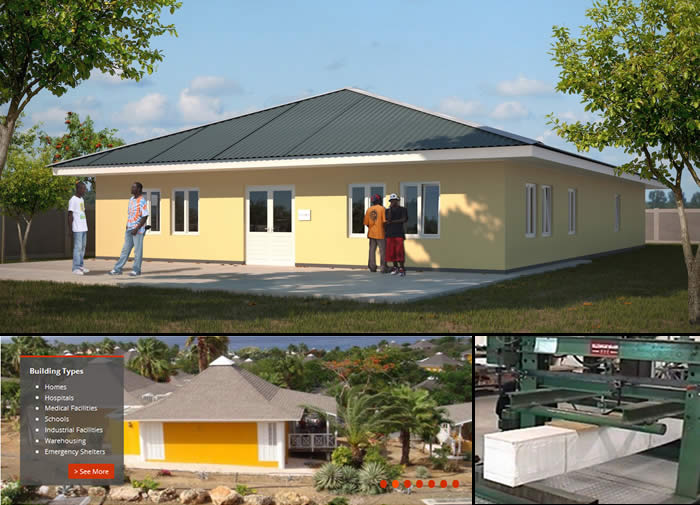
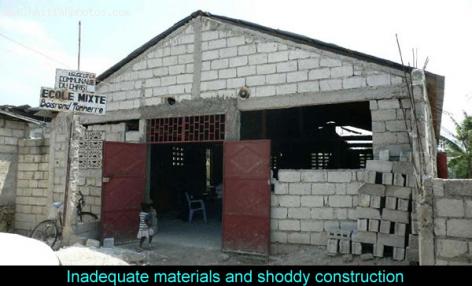
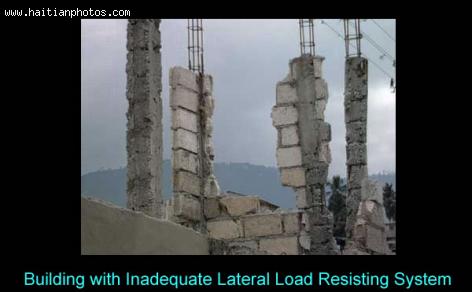
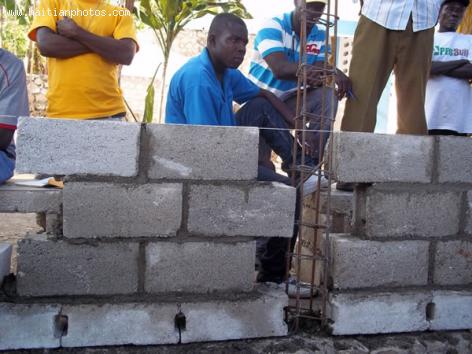
 François Nicolas Duvalier Potential Candidate for President of...
François Nicolas Duvalier Potential Candidate for President of...  Who will be the next president of Haiti?
Who will be the next president of Haiti?  Lumane Casimir And Songs
Lumane Casimir And Songs  Former PNH Chief, Godson Orelus, arrested for illegal arm...
Former PNH Chief, Godson Orelus, arrested for illegal arm...  Paul Eugène Magloire, born in Quartier Morin
Paul Eugène Magloire, born in Quartier Morin 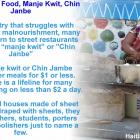 Haiti Street Food, manje kwit or Chin Janbe, for $1 or less
Haiti Street Food, manje kwit or Chin Janbe, for $1 or less  Dr. Michaëlle Amédée Gédéon is dead
Dr. Michaëlle Amédée Gédéon is dead 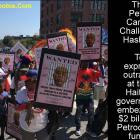 The Petro Caribe Challenge hashtag
The Petro Caribe Challenge hashtag 
